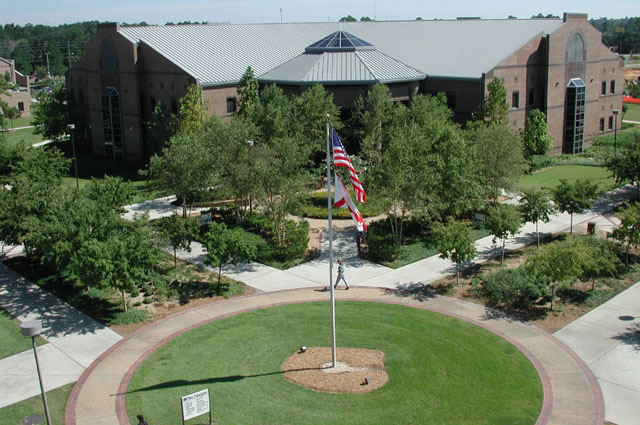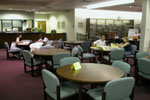History of Halloween

History of Halloween, from History.com
Ancient Origins of Halloween
Halloween's origins date back to the ancient Celtic festival of Samhain (pronounced sow-in). The Celts, who lived 2,000years ago in the area that is now Ireland, the United Kingdom and northern France, celebrated their new year on November 1. This day marked the end of summer and the harvest and the beginning of the dark, cold winter, a time of year that was often associated with human death.
 Celts believed that on the night before the new year, the
boundary between the worlds of the living and the dead became blurred. On the
night of October 31 they celebrated Samhain, when it was believed that the
ghosts of the dead returned to earth. In addition to causing trouble and
damaging crops, Celts thought that the presence of the otherworldly spirits made
it easier for the Druids, or Celtic priests, to make predictions about the
future. For a people entirely dependent on the volatile natural world, these
prophecies were an important source of comfort and direction during the long,
dark winter. . . . .
Celts believed that on the night before the new year, the
boundary between the worlds of the living and the dead became blurred. On the
night of October 31 they celebrated Samhain, when it was believed that the
ghosts of the dead returned to earth. In addition to causing trouble and
damaging crops, Celts thought that the presence of the otherworldly spirits made
it easier for the Druids, or Celtic priests, to make predictions about the
future. For a people entirely dependent on the volatile natural world, these
prophecies were an important source of comfort and direction during the long,
dark winter. . . . .
Halloween Comes to America
 Celebration of Halloween was extremely limited in colonial New England
because of the rigid Protestant belief systems there. Halloween was much more
common in Maryland and the southern colonies. As the beliefs and customs of different European ethnic groups as well as the American Indians meshed, a distinctly American version of Halloween began to emerge.
Celebration of Halloween was extremely limited in colonial New England
because of the rigid Protestant belief systems there. Halloween was much more
common in Maryland and the southern colonies. As the beliefs and customs of different European ethnic groups as well as the American Indians meshed, a distinctly American version of Halloween began to emerge. The first celebrations included "play parties," public events held to
celebrate the harvest, where neighbors would share stories of the dead, tell
each other's fortunes, dance and sing. Colonial Halloween festivities also
featured the telling of ghost stories and mischief-making of all kinds. By the
middle of the nineteenth century, annual autumn festivities were common, but
Halloween was not yet celebrated everywhere in the country.In the second half of the nineteenth century, America was flooded with new immigrants. These new immigrants, especially the millions of Irish fleeing Ireland's potato famine of 1846, helped to popularize the celebration of Halloween nationally. Taking from Irish and English traditions, Americans began to dress up in costumes and go house to house asking for food or money, a practice that eventually became today's "trick-or-treat" tradition. Young women believed that on Halloween they could divine the name or appearance of their future husband by doing tricks with yarn, apple parings or mirrors. . . . .
The first celebrations included "play parties," public events held to
celebrate the harvest, where neighbors would share stories of the dead, tell
each other's fortunes, dance and sing. Colonial Halloween festivities also
featured the telling of ghost stories and mischief-making of all kinds. By the
middle of the nineteenth century, annual autumn festivities were common, but
Halloween was not yet celebrated everywhere in the country.In the second half of the nineteenth century, America was flooded with new immigrants. These new immigrants, especially the millions of Irish fleeing Ireland's potato famine of 1846, helped to popularize the celebration of Halloween nationally. Taking from Irish and English traditions, Americans began to dress up in costumes and go house to house asking for food or money, a practice that eventually became today's "trick-or-treat" tradition. Young women believed that on Halloween they could divine the name or appearance of their future husband by doing tricks with yarn, apple parings or mirrors. . . . . Halloween Superstitions
Today's Halloween Traditions
and check our TCC Library collection, for articles, books, e-books, videos and e-videos relating to Halloween !






0 Comments:
Post a Comment
<< Home